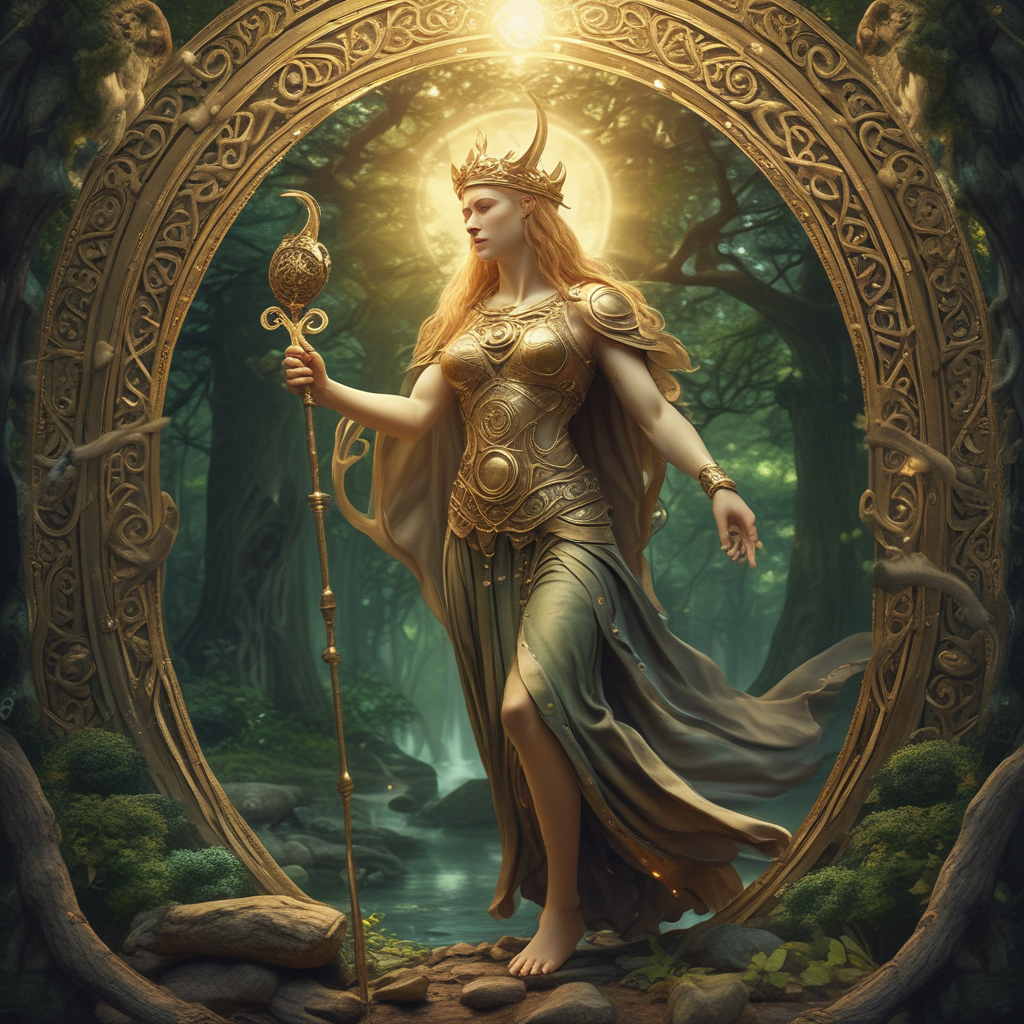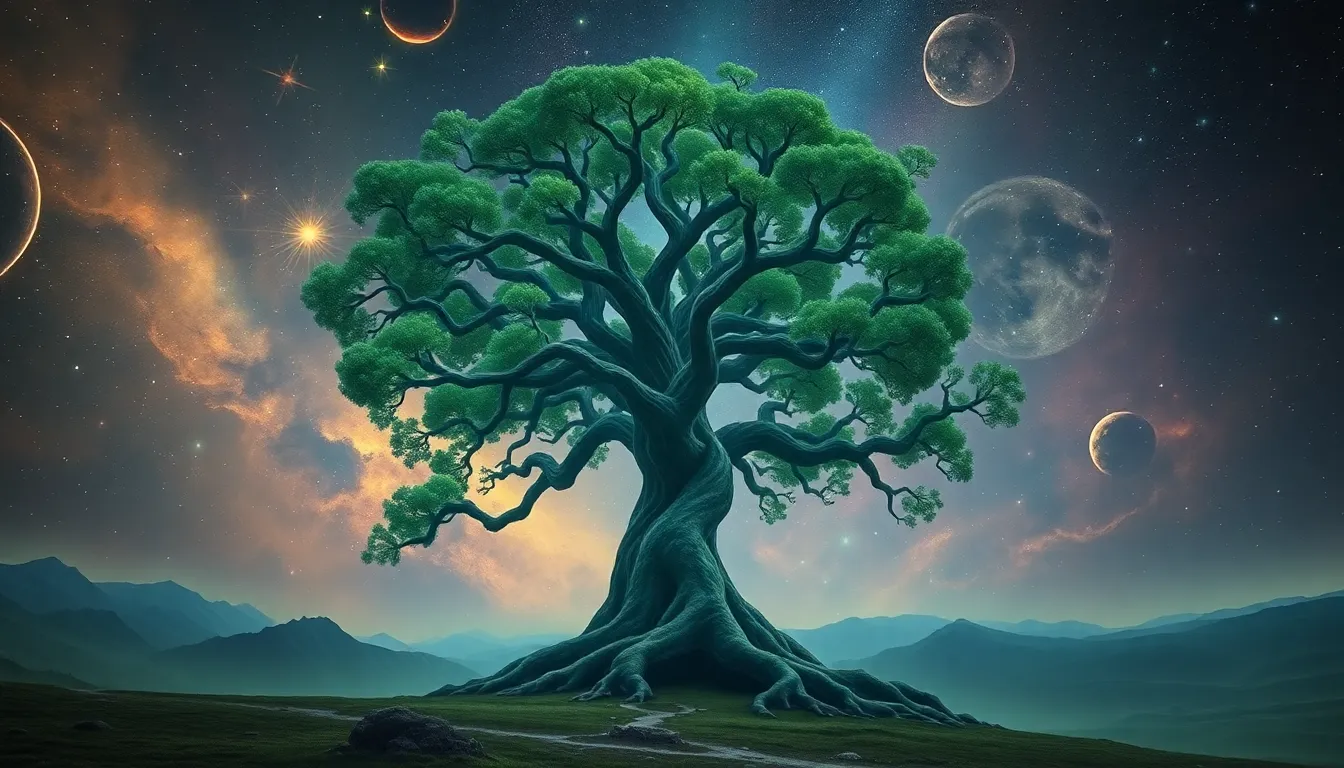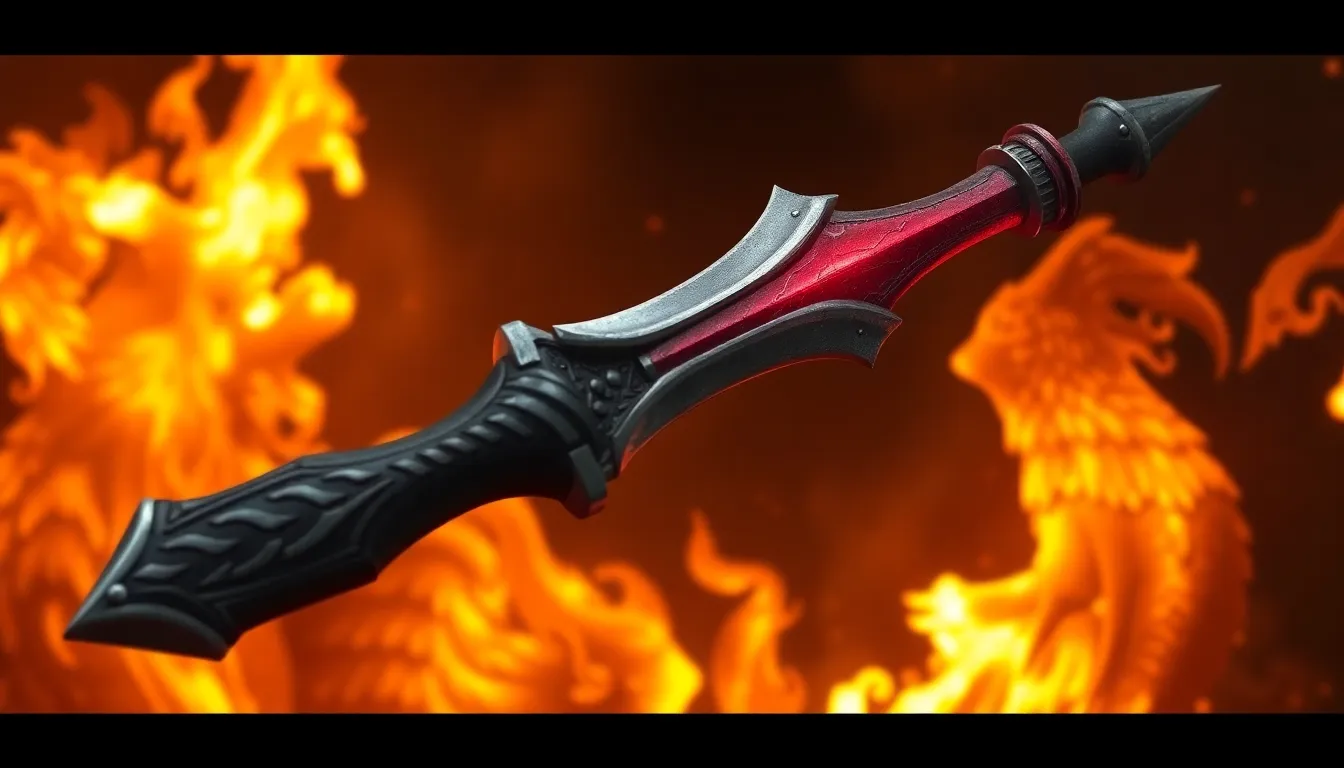Healing and Magic in Celtic Mythology
Exploring the Ancient Celtic Beliefs in Healing and Magic
Ancient Celtic mythology is rich with tales of healing practices and magical abilities. The Celtic people, known for their deep connection to nature and spirituality, believed in the power of healing and magic. Let’s delve into the enchanting world of Celtic beliefs surrounding these intricate topics.
The Healing Tradition in Celtic Mythology
Healing held significant importance in Celtic society, with healers and priests playing crucial roles in maintaining the well-being of the community. Divinity was often associated with healing, and Celtic mythology is replete with stories of deities bestowing healing powers upon mortals. Brigid, the goddess of healing, poetry, and smithcraft, was highly revered for her ability to bring about physical, emotional, and spiritual healing.
Furthermore, the Celts held plants and herbs in high regard for their medicinal properties. The concept of “saining” or using protective charms and rituals for healing purposes was prevalent in Celtic culture. Healers would often invoke spiritual forces and natural elements to aid in the healing process, blending the physical with the metaphysical to restore health.
The Magic and Mysticism of Celtic Practices
Magic was intertwined with everyday life for the Celts, who believed in the existence of a supernatural realm that could be tapped into for various purposes. Druids, the spiritual leaders of the Celtic society, were known for their adeptness in magic and mysticism. They performed rituals, chanted incantations, and communed with nature to harness the forces of magic.
One of the most intriguing aspects of Celtic magic was the use of symbols and talismans. Runes, Ogham scripts, and intricate knots held symbolic meanings and were used for protection, guidance, and enhancing spiritual connections. The Celtic belief in “thin places,” where the veil between the physical world and the spiritual realm is believed to be thin, further amplified their mystical practices.
Ultimately, the healing and magic of Celtic mythology reflect the profound relationship that the ancient Celts had with nature, spirits, and the divine. Their practices underscore the interconnectedness of all living beings and the belief in the harmonious balance between the physical and spiritual realms. By exploring these ancient traditions, we gain a deeper understanding of the reverence the Celts held for healing and magic in shaping their worldview.
FAQs about Healing and Magic in Celtic Mythology
What role did healing and magic play in Celtic mythology?
In Celtic mythology, healing and magic were intertwined with everyday life. Druids, the priests and spiritual leaders of the Celts, were believed to possess the knowledge of herbal remedies and mystical powers to heal the sick and wounded. Magic was seen as a natural part of the world, used not only for healing but also for protection and guidance.
Who were the practitioners of healing and magic in Celtic mythology?
Druids were the primary practitioners of healing and magic in Celtic mythology. They were revered for their wisdom, knowledge of the natural world, and ability to communicate with the spirits. Druids often used herbs, incantations, and rituals to heal ailments and harness the power of the elements for magical purposes.
What were some common healing practices in Celtic mythology?
Healing practices in Celtic mythology included the use of herbs, crystals, and incantations. Druids would often create potions and ointments from plants like mistletoe, vervain, and mugwort to treat various illnesses. Rituals involving sacred symbols and chants were also important in the healing process.
How did magic play a role in Celtic healing?
Magic in Celtic healing was believed to channel the energies of the natural world to bring about balance and restoration. Druids used



